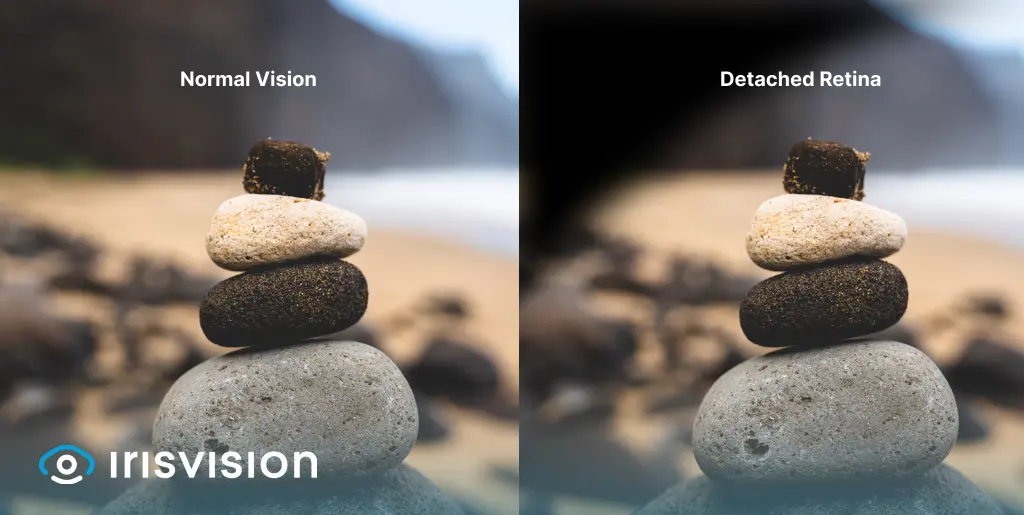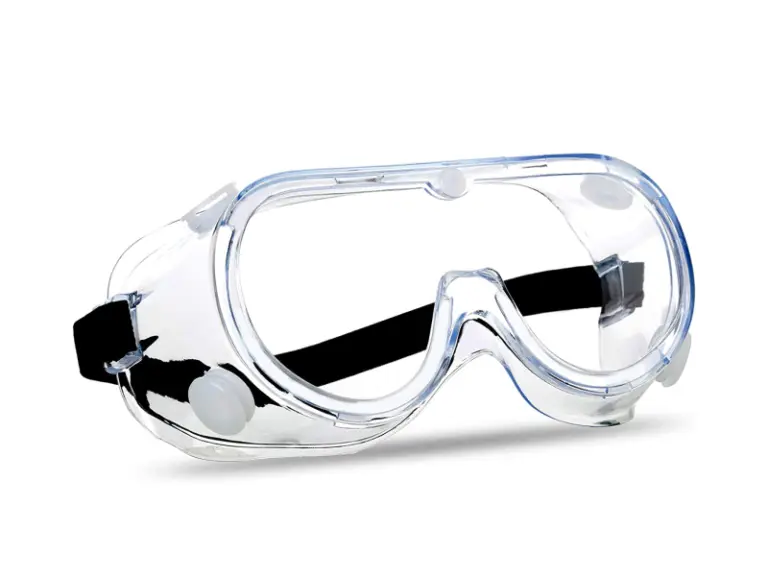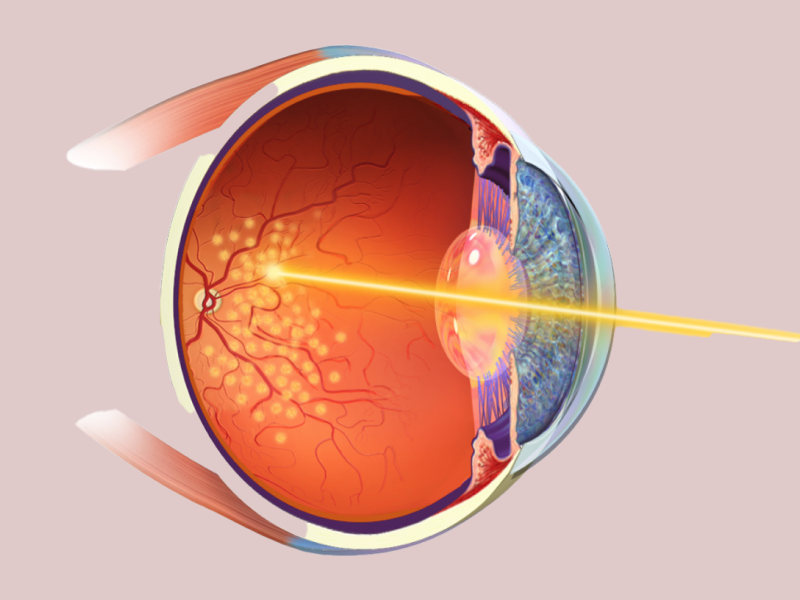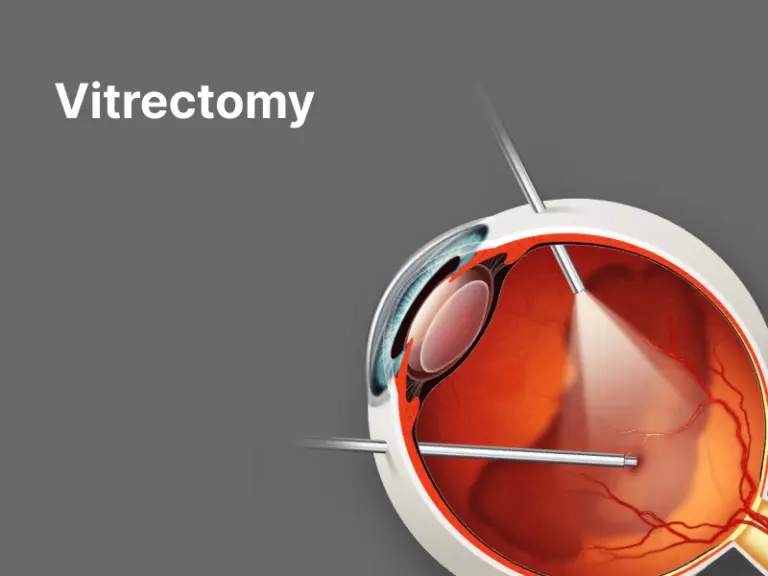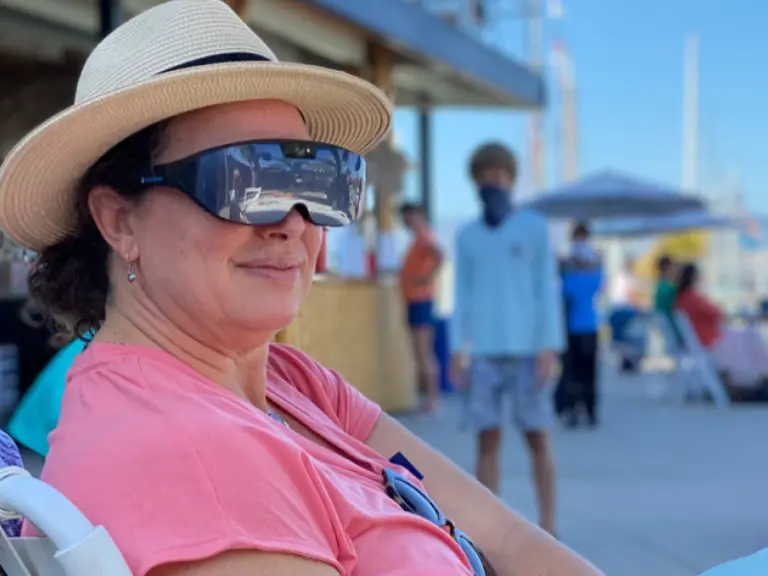With the help of modern therapy, over 90 percent of the people with retinal detachment can be successfully treated, though there’s a chance of a second treatment. Yet, the visual outcome is not predictable. The final verdict on the visual result may not be known for up to several months following surgery. Even with multiple attempts at repair, treatment may fail, and vision loss can occur.
What does one do when all treatments fail? After more than two surgeries, people may experience vision loss and struggle with day-to-day living. To overcome such obstacles, there are low vision aids for retinal detachment.

